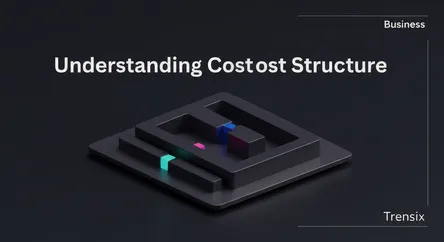Business
Understanding Cost Structure

Discover what a cost structure is and why it's a critical component of any startup's business model for achieving profitability and growth.
What is it?
A cost structure outlines all the expenses a startup incurs to operate. It's a fundamental piece of the business model, detailing the monetary cost of creating and delivering a product or service. Costs are typically categorized into two main types: fixed costs, which remain constant regardless of production volume (like rent and salaries), and variable costs, which fluctuate with production levels (like raw materials and shipping). By analyzing this structure, a business can understand its breakeven point and make informed decisions about pricing and resource allocation. It essentially forms the financial foundation upon which a company is built.
Why is it trending?
In today's competitive startup landscape, achieving profitability quickly is paramount. Investors are increasingly scrutinizing cost structures to gauge a company's financial discipline and scalability. A well-defined cost structure demonstrates a clear path to profitability and helps in securing funding. The rise of lean startup methodologies also emphasizes a focus on minimizing initial costs and optimizing spending. With economic uncertainties, businesses are more focused than ever on operational efficiency, making a deep understanding of their cost drivers a trending and critical priority for survival and success.
How does it affect people?
For founders and entrepreneurs, a clear cost structure is a roadmap to financial health. It directly influences pricing strategies, which in turn affect customer affordability and market competitiveness. A lean and efficient cost structure can allow for more competitive pricing, benefiting consumers. For employees, the company's cost management can impact everything from job security to the availability of resources and benefits. A poorly managed cost structure can lead to financial instability, layoffs, and a stressful work environment, while an optimized one supports sustainable growth and a stable future for everyone involved.